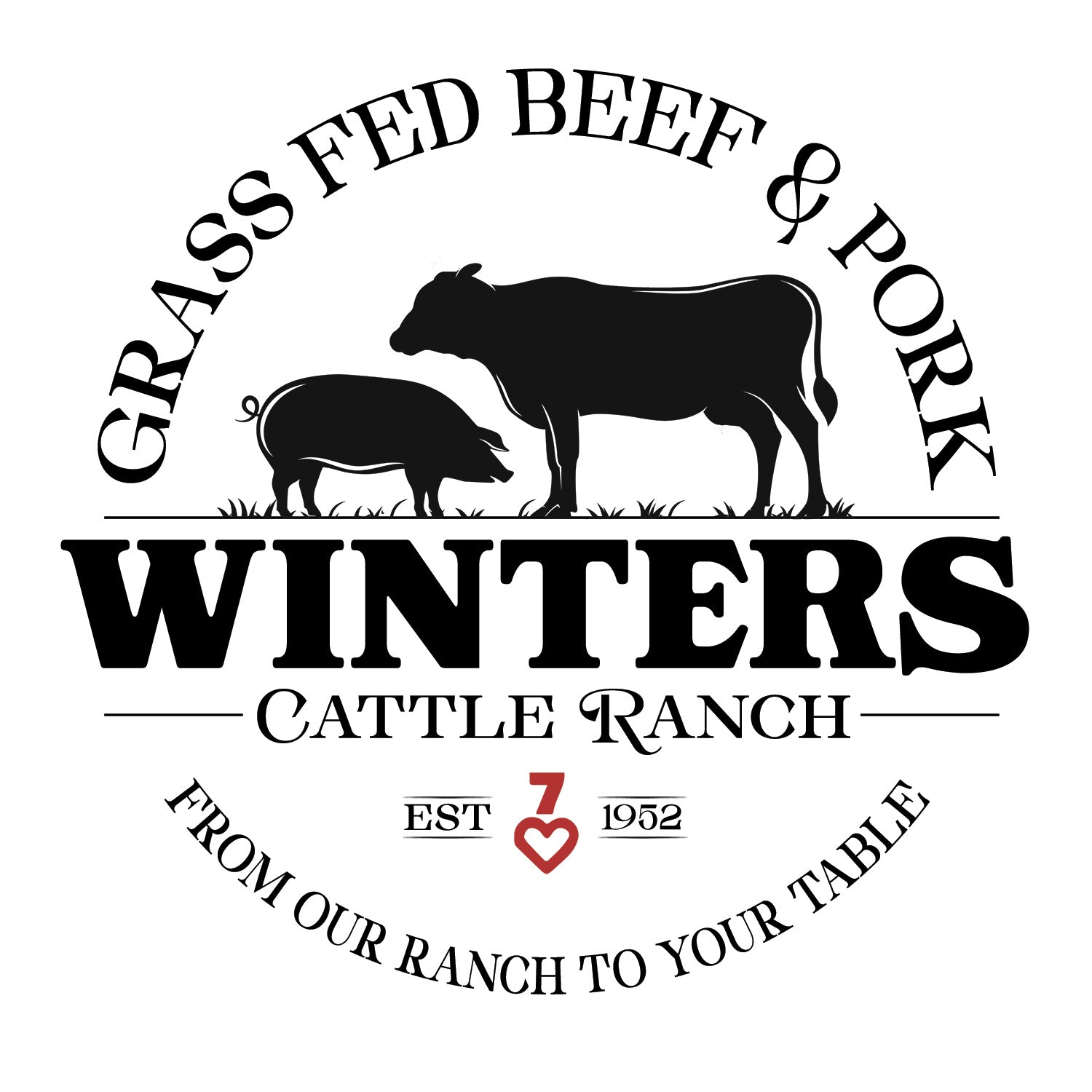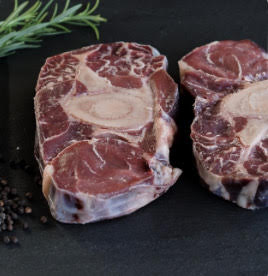When you see a beef label that claims “grass-fed beef,” your first thought might be: “Okay, this was raised entirely on grass, right?” The reality is more complex. While it is possible to raise cattle on a 100% grass diet, the term “grass-fed” is used so broadly (and loosely regulated) that it doesn’t always mean what many consumers assume.
What Does “100% Grass-Fed” Ideally Mean?
In the ideal, “100% grass-fed” (often used interchangeably with “grass-finished”) means:
-
After weaning, the animal eats only grass, forage, hay, silage, or other non-grain forages (no grain, corn, soy, or other concentrates)
-
This regimen continues for the entire life of the animal until slaughter
-
The animal is pasture-raised (or at least given access to pasture and forage) rather than being confined in feedlots
-
No supplemental feed or grain is used even during transitional seasons
“Grass-Fed” vs. “Grass-Finished”
-
Many animals marketed as “grass-fed” are not grass-finished. They begin life grazing, but toward the end, they are fed grain to speed up weight gain and enhance marbling.
-
The key difference is: “grass-fed” can be a partial diet, while “grass-finished” implies the full life on forage.
Because of these nuances, you can’t assume every beef product labeled “grass-fed” is truly 100% grass-fed in the strictest sense.
Spotting the Differences: Types of Beef Diets
To cut through the confusion, here’s how beef feeding systems fall on a spectrum:
|
Label / Term |
Typical Practice |
How “Strict” Is It |
|
Conventional (grain-finished) |
Cattle spend finishing months on corn/soy/grain |
Least strict |
|
Pasture-raised, grain-finished |
Raised on pasture initially, then finished with grain |
Moderate |
|
Grass-fed (loose term) |
Some portion of diet from grass, but could include grain at times |
Loose definition |
|
Grass-finished / 100% grass-fed |
Entire life fed on grass/forage, no grain supplementation |
Strictest/ideal |
If your goal is truly 100% grass-fed beef, look for “grass-finished” or language like “never fed grain” or “lifetime forage diet.”
Why 100% Grass-Fed Beef Is Hard (Especially in Colorado)
Slower Growth & Higher Costs
-
Forage is less energy-dense than grain, so animals grow more slowly on grass alone. This increases the time (and cost) to market weight.
-
More land, fencing, and rotational grazing management are required, which adds to labor and infrastructure costs.
-
Smaller-scale operations struggle to realize economies of scale typical of grain-based systems. In Colorado, especially, many ranches are relatively modest in size. Winters Ranch, LLC
Seasonal Pasture Limitations & Climate
-
Colorado’s winters, elevation, and variable rainfall limit year-round pasture availability. During snow, drought, or cold months, producers may need to feed stored forage (hay, silage), which still technically counts as “grass” but reduces flexibility.
-
Pasture growth can be Inconsistent, so producers sometimes feel pressure to supplement diets.
Regulatory & Processing Hurdles
-
Processing facilities with the capacity to handle grass-fed cattle (especially smaller batches) are limited in Colorado. Transporting animals over longer distances raises costs and logistical complexity. Winters Ranch, LLC
-
Because there aren’t huge margins in grass-fed beef, many retailers prefer consistent, volume-driven suppliers, which disadvantages small local producers.
Labeling & Market Incentives
-
Because “grass-fed” is loosely regulated, using that label sometimes gives producers a marketing edge even when the product isn’t truly grass-finished.
-
The premium consumers are willing to pay doesn’t always offset the extra costs and risks to producers, limiting how many will commit to 100% grass systems in the first place.
As a result, while truly 100% grass-fed beef is produced, it remains a niche offering, even in a state like Colorado where pasture-based ranching is common.
How to Assess & Buy Real Grass-Fed Beef (Especially in Colorado)
Here’s a practical checklist to help you navigate labels and pick a beef product you can trust:
✅ Label & Verification Clues
-
Look for “Grass-Finished” or “100% Grass-Fed”
These terms denote that the diet was forage-only. -
Check for third-party certifications or audits
Examples include American Grassfed Association, Certified Grassfed, or conservation ranching audits. -
Ask for transparency from the producer
Do they disclose feeding histories? Do they explicitly state “never fed grain or concentrates”? -
Be wary of “grass-fed” alone
Without context, it’s ambiguous. -
Check the nutritional claims carefully
More omega-3s, CLA, and lower overall fat are expected in true grass-fed beef, but be skeptical of overblown promises.
✅ Buying Local / Colorado-Specific
-
Support local ranches that allow you to ask questions and possibly tour operations
-
Purchase direct-to-consumer or via farm-share programs
-
Try to get whole sides or quarters so you can vet more of the meat yourself
-
Inquire whether the herd is rotated through pastures (rotational grazing) to sustain healthy forage
✅ Cooking & Storage Tips
-
True grass-fed cuts tend to be leaner; avoid overcooking
-
Use lower heat, more frequent checks, and rest meat properly
-
Label and store carefully, grass-fed beef is premium, treat it with care
By combining label literacy, producer transparency, and careful cooking, you can maximize the value of the beef you purchase.
Additional Considerations & Consumer Realities
Nutrition & Health Claims
-
Truly grass-fed beef often carries slightly higher levels of omega-3 fatty acids, conjugated linoleic acid (CLA), vitamins A and E, and antioxidants.
-
But such differences are moderate; choosing lean, well-prepared cuts and moderating red-meat intake is still important.
-
Many marketing materials overstate benefits, so stay grounded.
Flavor, Texture & Cooking Style
-
Grass-fed beef tends to have a deeper, more “earthy” flavor, sometimes described as gamey.
-
Because it’s lean, it can be tougher if overcooked.
-
Best when cooked to medium-rare or medium, and allowed to rest properly.
Supporting Regenerative & Ethical Systems
-
Some producers practice regenerative grazing, rotating animals in small paddocks to build soil health, sequester carbon, and improve biodiversity.
-
If you value those practices, look for explicit claims or ask producers if they use them.
Price & Accessibility
-
Expect to pay a premium
-
Limited supply, especially if you demand 100% grass-fed
-
Some importing or non-local grass-fed beef may enter the Colorado market; factors to consider when prioritizing local sourcing
So, is any beef guaranteed to be 100% grass-fed? Yes, in best-practice systems under precise definitions, it’s absolutely possible. But because the term “grass-fed” is loosely regulated, many products with that label fall short of that ideal.
In Colorado, constraints like climate, processing infrastructure, and scale further challenge widespread adoption of true grass-fed systems. That makes trustworthy, transparent companies even more valuable.
When shopping:
-
Demand labels like “grass-finished” or “never fed grain”
-
Ask questions, vet producers, and examine certifications
-
Buy from local or direct sources whenever possible
Winters Ranch Meats Inc, Local Colorado Quality You Can Trust
Winters Ranch Meats Inc. is a Colorado-based meat company deeply committed to transparency, sustainable practices, and delivering grass-fed beef directly to consumers. Their model emphasizes the connection between the land, the animals, and the people who eat the meat.
What sets them apart
-
Direct-to-consumer sales to reduce middlemen
-
Focus on pasture-based systems and traceability
-
Offers bulk beef, whole, half, and side cuts
-
A commitment to quality and customer relationships
Whether you’re stocking a freezer or cooking for family meals, Winters Ranch Meats Inc. aims to make it easier for you. Bringing Your Family’s Mealtime Goals to Life Starts Here. Stock your freezer, cook with confidence, and order today. Contact us today! Winters Ranch Meats Inc Website: https://winterscattleranch.com/ Address: Colorado Springs, CO, USA

